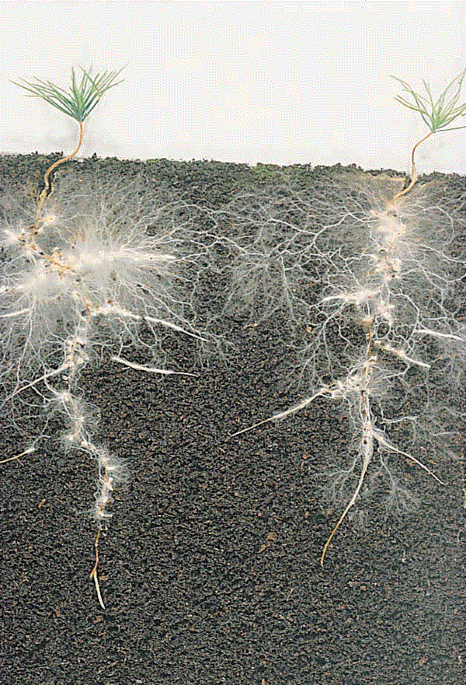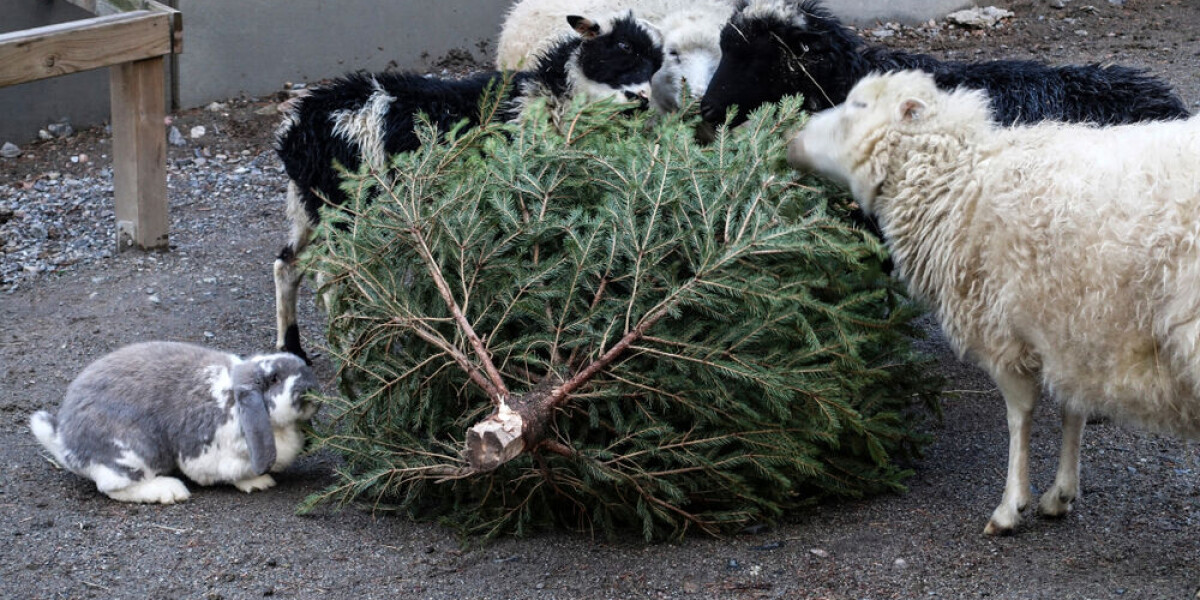
- Select a language for the TTS:
- UK English Female
- UK English Male
- US English Female
- US English Male
- Australian Female
- Australian Male
- Language selected: (auto detect) - EN
Play all audios:
Access through your institution Buy or subscribe In most higher plants, symbiotic fungi are central to the process of nutrient capture from soil1. Evidence from fossils of the earliest land
plants2, as well as molecular studies3, confirms that roots co-evolved with fungal partners to form structures known as mycorrhizas — literally, ‘fungus-roots’. These are almost universally
distributed through present-day terrestrial plant communities, yet most researchers (deterred, one suspects, from experimental analysis of mycorrhizal function in natural communities by the
complexity of these systems) have instead used excised roots or pot-grown plants to examine the relationships between partners in the symbiosis. Unfortunately, reductionist approaches cannot
answer larger questions about the effect of symbiosis on interactions between the individual plants that form natural ecosystems. The study of Simard _et al_.4 (page 579 of this issue) is
important in this context. Not only does it address these complex questions in a field situation but, for the first time, it shows unequivocally that considerable amounts of carbon — the
energy currency of all ecosystems — can flow through the hyphae of shared fungal symbionts from tree to tree, indeed, from species to species, in a temperate forest. Because forests cover
much of the land surface in the Northern Hemisphere, where they provide the main sink for atmospheric CO2, an understanding of these aspects of their carbon economy is essential. This is a
preview of subscription content, access via your institution ACCESS OPTIONS Access through your institution Subscribe to this journal Receive 51 print issues and online access $199.00 per
year only $3.90 per issue Learn more Buy this article * Purchase on SpringerLink * Instant access to full article PDF Buy now Prices may be subject to local taxes which are calculated during
checkout ADDITIONAL ACCESS OPTIONS: * Log in * Learn about institutional subscriptions * Read our FAQs * Contact customer support REFERENCES * Smith, S. E. & Read, D. J. _Mycorrhizal
Symbiosis_ (Academic, London, 1996). * Remy, W., Taylor, T. N., Haas, H. & Kerp, H. _Proc. Natl Acad. Sci. USA_ 91, 11841–11843 (1994). Google Scholar * Simon, L., Bousquet, J.,
Levesque, R. C. & Lalonde, M. _Nature_ 363, 67–69 (1993). Article ADS Google Scholar * Simard, S. W._et al._ _Nature_ 388, 579–582 (1997). Article ADS CAS Google Scholar * Molina,
R., Massicotte, H. & Trappe, J. in _Mycorrhizal Functioning_ (ed. Allen, M. F.) 357-423 (Chapman & Hall, London, 1992). * Perry, D. A., Amaranthus, M. P., Borchers, J. G. &
Brainerd, R. C. _BioScience_ 39, 230–237 (1989). Google Scholar * Newman, E. I. _Adv. Ecol. Res_. 18, 243–270 (1988). Google Scholar * Clements, F. _Carnegie Inst. Wash. Publ_. 242, 1–512
(1916). Google Scholar Download references AUTHOR INFORMATION AUTHORS AND AFFILIATIONS * Department of Animal and Plant Sciences, University of Sheffield, Alfred Denny Building, S10 2TN,
Sheffield, UK David Read Authors * David Read View author publications You can also search for this author inPubMed Google Scholar RIGHTS AND PERMISSIONS Reprints and permissions ABOUT THIS
ARTICLE CITE THIS ARTICLE Read, D. The ties that bind. _Nature_ 388, 517–518 (1997). https://doi.org/10.1038/41426 Download citation * Issue Date: 07 August 1997 * DOI:
https://doi.org/10.1038/41426 SHARE THIS ARTICLE Anyone you share the following link with will be able to read this content: Get shareable link Sorry, a shareable link is not currently
available for this article. Copy to clipboard Provided by the Springer Nature SharedIt content-sharing initiative








